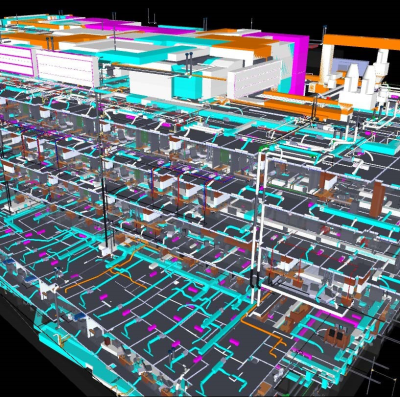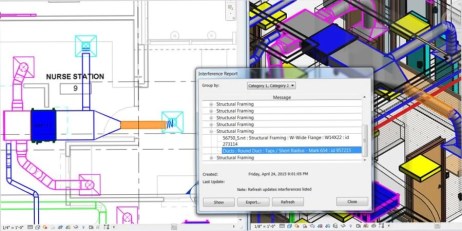Lean Manufacturing - It is not about Just in Time.
RevitMEP is solidly the platform for collaboration, design and construction for the near and foreseeable future. For MEP Contractors, Revit is not a clean, contractor specific solution...
How will you fit all the pieces together, and still progress?


With experience co-founding TSI, working with Applied Software and GTP, along with having relationships with the ownership of Quote Software, Harris Publishing (Cinx), along with key Autodesk, Trimble and Building Point leaders, Greg Davis has been able to uncover knowledge as well as find opportunities to improve the industry and fill the gaps among a variety of solutions. As a visionary, and product and service leader, Greg Davis has record in the MEP industry is unique and representative of significance.
Through all my business success and achievements, along with lessons learning from trying to learn more, at the end of the day I know my strength is as an analytical problem solver and solution mapper. With my experience in operational consulting across multiple industries combined with my track record of successfully steering transformation in MEP Contractor pre-fabrication, I aspire to be the industry authority on Lean Manufacturing.
Lean Manufacturing is more than a buzz-word. It is a system of Continuous Improvement, not merely a just-in-time philosophy. Improvement starts with mapping and measuring. With experience in major MEP Contractors and fabricators, no company delivers more relevant MEP process information and skill than Dolphin.
Empower transformation to Lean Manufacturing.

Important Components in the Fabrication Process Map:
- Who creates spools now, and who would you have select and create spools in the future?
- What consistency of process do you need to put in place to automate spooling selection and manufacture more consistently?
- What items do you not draw? How do you account for and order these items? How do you compare these to estimates?
- At what point in your process are you committing to orders from suppliers? Are you leveraging the optimal purchasing scenarios?
- What annotation (CAD Model) and reporting requirements do you have for your customers? What plan can you put in place to cut your costs, while meeting customer demands?
- What are your required data and model outputs to facilitate fabrication, layout and purchasing? Have you mapped these needs before seeking software solutions, or have you let the process be driven by others?
